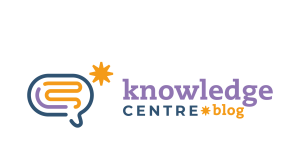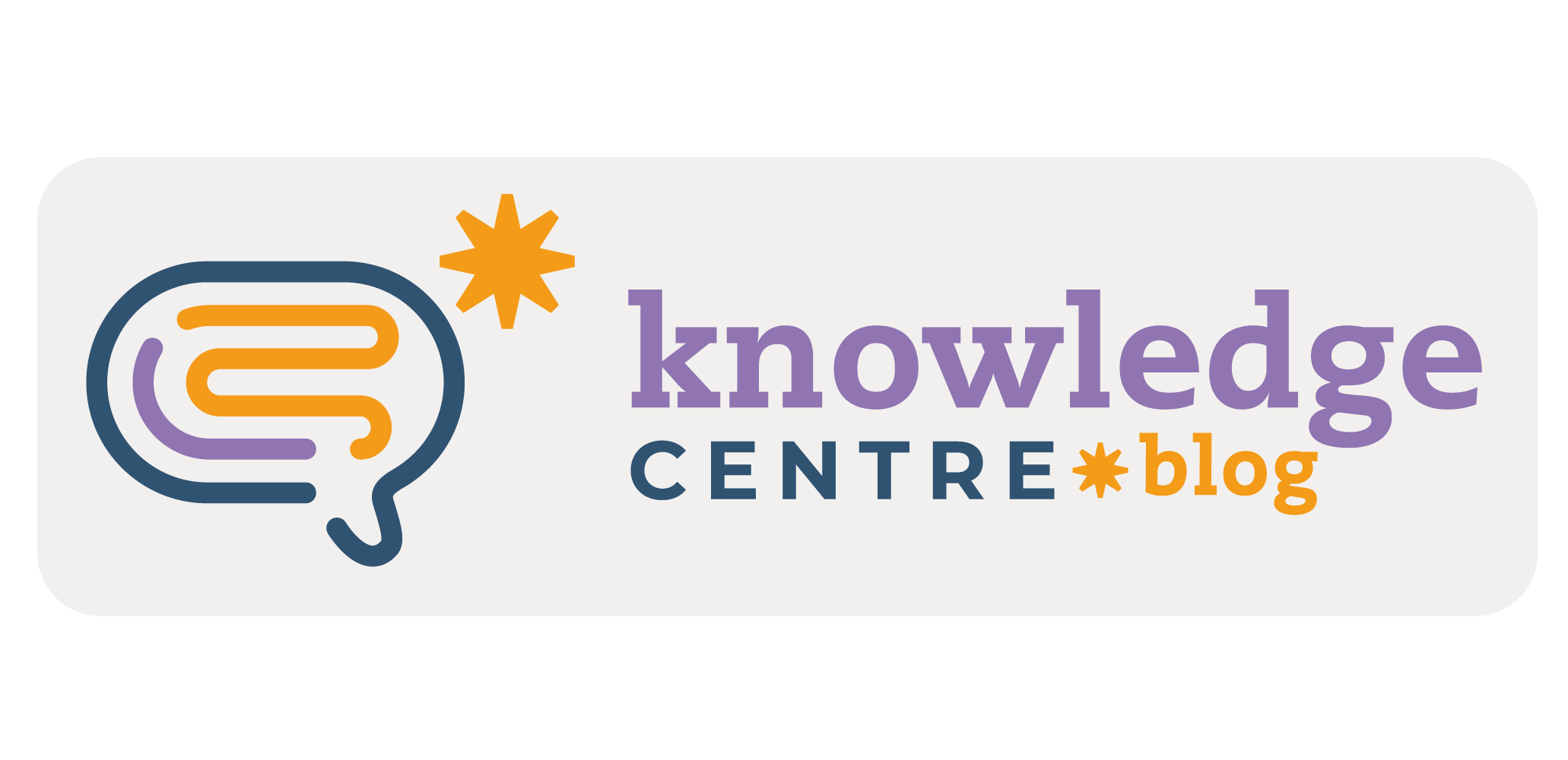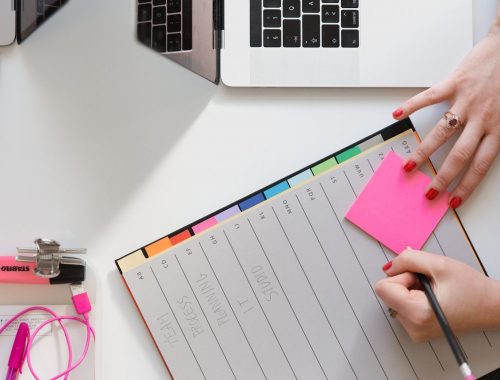These unprecedented times brought unprecedented shifts to some (so-far) unchangeable truths. First, the traditional notion of family has slowly extended itself to accommodate everyone (blood-related or not) who share the same ‘nest’, being it a concrete or abstract structure.
Adding to it, the educational system as it was known throughout generations has been going through transformations in its platforms of delivery and interaction.
Language learning, then, due to all sorts of mobility and interactions took on, day by day, more holistic features, developing many more competencies than the ones related to words and sentences.
Facing all these (and many other) changes, what should families expect?
As every member is responsible for direct or indirect education and development of a child, the first, and perhaps most important move is to raise everyone’s awareness of the purpose of both the intentional pedagogical processes and the delivered outcomes in the learning opportunities offered and encouraged by the bilingual teacher.
Additionally, find below two other useful moves for bringing family closer to the bilingual classroom.
The Language of the Heart
According to Garcia (2009), the overarching goal of Bilingual Education is to educate meaningfully, being the learner able to function across cultures. Once the family has the opportunity to reflect that culture is not geographically restricted, being English global and flexible, instead of an exclusive language, the perception of self and others can contribute significantly to the child’s development.
Establishing a safe environment at home, where children can experiment with language while raising hypotheses, mixing languages at first and not being corrected in a threatening way, but instead, being stimulated to think upon their choices, has the great power to encourage them to search for appropriate ways to communicate what is meaningful, gaining confidence and autonomy in return.
Good practice promotes questions like: How did you feel when you were…? Can you use what you learned today in a different way? What can you do now that you couldn’t do yesterday? What do you know now that you didn’t know a week ago?
Interaction and Register
More often than not, it might seem challenging for families to notice the progress of their children. Hattie (2012) mentions that when progress is visible, both students and teachers understand their gains and where there is room for improvement. Therefore, register plays a fundamental role here. By building journals, portfolios, and exhibitions of their work, students can describe, using their own words, what and why they chose to represent and how their production differs from previous attempts.
Not only visual support, but also evaluation of their learning is possible when students are confident.
- Students may be asked to choose a topic and teach their family about it;
- Parents can take pictures of their children doing activities and then ask them questions about the process;
- Establishing a moment in the family’s routine to share not only nameable things that have been learned, but also feelings and emotions, is also powerful here.
Partnering with families, especially right now, has proven to be more than essential, because once we all know where (and how) we are headed to, we can go much further together.
What have you been doing to walk hand-in-hand with families? Share with us!
Garcia, O (2009). Bilingual Education in the 21st Century: A Global Perspective. West Sussex: Wiley -Blackwell.
Hattie, J. (2012). Visible learning for teachers: Maximizing impact on learning. London: Routledge.
Meyer, O. (2013). Introducing the CLIL-Pyramid: Key Strategies and Principles for CLIL Planning and Teaching.
By EDC








